Aliphatic dicarboxylic acid esters
Ester spices synthesized from carboxylic acids and alcohols are a very important category of spices. According to the raw materials used in the synthesis, they are roughly divided into: aliphatic carboxylic esters, unsaturation carboxylic esters such as containing alkene and alkyne, aromatic carboxylic esters and other esters. One characteristic of ester spices is that carboxylic esters can be considered as the product of carboxylic acid after its hydroxyl groups are replaced by alkoxy groups. Because hydroxyl groups can be substituted with one or more kinds of alkoxy groups, the product can be monoester, diester or multiesters. Furthermore, an alcohol can also have several hydroxyl groups, which can react with one or more kinds of carboxyls to form a monocarboxylic ester or a multicarboxylic ester. The aroma and its type, intensity and characteristics are related to the structure of esters. An ester product of a lower carboxylic acid and a lower alcohol is generally a volatile liquid, with the aroma of flower, fruit and grass. An ester product of a lower carboxylic acid and a lower terpene alcohol has a flower aroma. Most esters with aryl groups have flower aroma. Ester products of aromatic carboxylic acids and aromatic alcohols generally have a not strong but lasting aroma with a higher boiling point. The widely existed ester spices can be found in the roots, stems, leaves, fruits, seeds, bark, flowers and other parts of plants and also found in some animal secretions. More ester spices are artificially synthesized. Synthetic esters are widely used for their easy synthetic procedures, wide source of raw materials, wide range of flavors and lower cost.
Aliphatic compounds, also known as open-chain compounds belong to one of the basic types of organic compounds. Carbon atoms of these compounds form a chain structure in their molecules. According to the structure and nature of the open-chain they can be divided into saturated and unsaturated aliphatic hydrocarbons. The former only have single bonds between carbon atoms, such as ethane and ethanol; the others such as ethylene and acetylene, have double and triple bonds between carbon atoms. Paraffinic hydrocarbons, alkenes and alkynes and their derivatives all belong to such compounds. Carbon chain structure without branches is called unbranched chain and the branch part is called side chain. Such compounds are abound in nature and industry, e.g. paraffins in swamps, olefins in forests and alkyl lead in automobile exhaust.
- Structure:
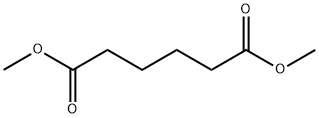
- Chemical Name:Dimethyl adipate
- CAS:627-93-0
- MF:C8H14O4
- Structure:

- Chemical Name:Ethyl butyrylacetate
- CAS:3249-68-1
- MF:C8H14O3
- Structure:

- Chemical Name:4-Hexanolide
- CAS:695-06-7
- MF:C6H10O2
- Structure:

- Chemical Name:alpha-Angelica lactone
- CAS:591-12-8
- MF:C5H6O2
- Structure:

- Chemical Name:γ-Valerolactone
- CAS:108-29-2
- MF:C5H8O2
- Structure:

- Chemical Name:gamma-Octanoic lactone
- CAS:104-50-7
- MF:C8H14O2
- Structure:

- Chemical Name:Ethyl crotonate
- CAS:623-70-1
- MF:C6H10O2
- Structure:
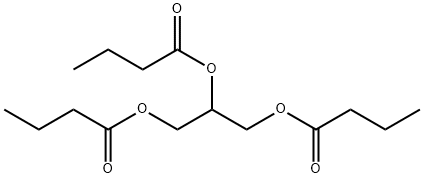
- Chemical Name:Tributyrin
- CAS:60-01-5
- MF:C15H26O6
- Structure:

- Chemical Name:Butyl hexanoate
- CAS:626-82-4
- MF:C10H20O2
- Structure:
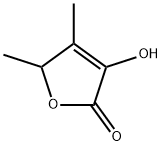
- Chemical Name:4,5-Dimethyl-3-hydroxy-2,5-dihydrofuran-2-one
- CAS:28664-35-9
- MF:C6H8O3
- Structure:
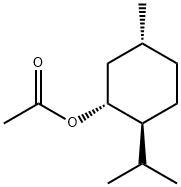
- Chemical Name:(1R)-(-)-Menthyl acetate
- CAS:2623-23-6
- MF:C12H22O2
- Structure:

- Chemical Name:delta-Dodecalactone
- CAS:713-95-1
- MF:C12H22O2
- Structure:
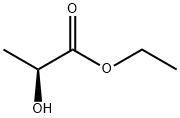
- Chemical Name:Ethyl L(-)-lactate
- CAS:687-47-8
- MF:C5H10O3
- Structure:

- Chemical Name:Ethyl levulinate
- CAS:539-88-8
- MF:C7H12O3
- Structure:

- Chemical Name:4-Heptanolide
- CAS:105-21-5
- MF:C7H12O2
- Structure:

- Chemical Name:Dibutyl sebacate
- CAS:109-43-3
- MF:C18H34O4
- Structure:

- Chemical Name:Allyl isothiocyanate
- CAS:57-06-7
- MF:C4H5NS
- Structure:

- Chemical Name:Butyl formate
- CAS:592-84-7
- MF:C5H10O2
- Structure:

- Chemical Name:Hexyl hexanoate
- CAS:6378-65-0
- MF:C12H24O2
- Structure:

- Chemical Name:delta-Hexalactone
- CAS:823-22-3
- MF:C6H10O2
- Structure:

- Chemical Name:1-Octen-3-yl acetate
- CAS:2442-10-6
- MF:C10H18O2
- Structure:

- Chemical Name:Methyl propionate
- CAS:554-12-1
- MF:C4H8O2
- Structure:
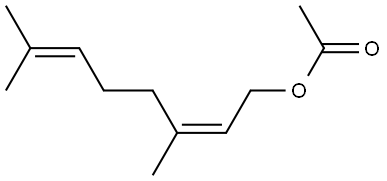
- Chemical Name:NERYL ACETATE
- CAS:141-12-8
- MF:C12H20O2
- Structure:
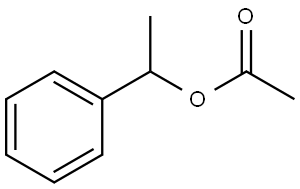
- Chemical Name:Styralyl acetate
- CAS:93-92-5
- MF:C10H12O2
- Structure:
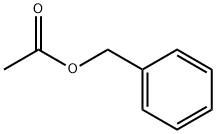
- Chemical Name:Benzyl acetate
- CAS:140-11-4
- MF:C9H10O2
- Structure:

- Chemical Name:Butyl butyrate
- CAS:109-21-7
- MF:C8H16O2
- Structure:

- Chemical Name:5-Hydroxyoctanoic acid lactone
- CAS:698-76-0
- MF:C8H14O2
- Structure:

- Chemical Name:Ethyl caprate
- CAS:110-38-3
- MF:C12H24O2
- Structure:
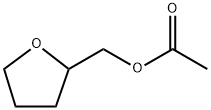
- Chemical Name:TETRAHYDROFURFURYL ACETATE
- CAS:637-64-9
- MF:C7H12O3
- Structure:

- Chemical Name:ISOAMYL HEXANOATE
- CAS:2198-61-0
- MF:C11H22O2
- Structure:

- Chemical Name:AMYL BUTYRATE
- CAS:540-18-1
- MF:C9H18O2
- Structure:
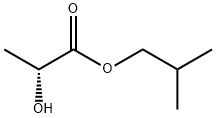
- Chemical Name:(+)-Isobutyl D-lactate
- CAS:61597-96-4
- MF:C7H14O3
- Structure:
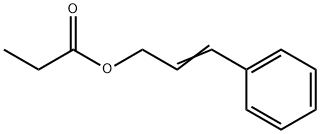
- Chemical Name:Cinnamyl propionate
- CAS:103-56-0
- MF:C12H14O2
- Structure:

- Chemical Name:Diethyl malonate
- CAS:105-53-3
- MF:C7H12O4
- Structure:
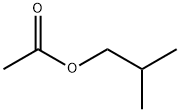
- Chemical Name:Isobutyl acetate
- CAS:110-19-0
- MF:C6H12O2
- Structure:

- Chemical Name:Ethyl valerate
- CAS:539-82-2
- MF:C7H14O2
- Structure:
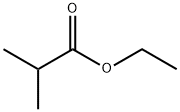
- Chemical Name:Ethyl isobutyrate
- CAS:97-62-1
- MF:C6H12O2
- Structure:

- Chemical Name:Propyl acetate
- CAS:109-60-4
- MF:C5H10O2
- Structure:

- Chemical Name:Ethyl 3-mercaptopropionate
- CAS:5466-06-8
- MF:C5H10O2S
- Structure:

- Chemical Name:Methyl acetate
- CAS:79-20-9
- MF:C3H6O2
- Structure:

- Chemical Name:Butyl propionate
- CAS:590-01-2
- MF:C7H14O2
- Structure:
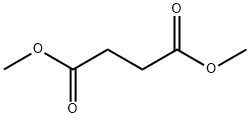
- Chemical Name:Dimethyl succinate
- CAS:106-65-0
- MF:C6H10O4
- Structure:
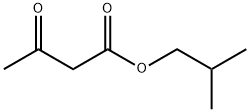
- Chemical Name:Isobutyl acetoacetate
- CAS:7779-75-1
- MF:C8H14O3
- Structure:

- Chemical Name:NONYL ACETATE
- CAS:143-13-5
- MF:C11H22O2
- Structure:

- Chemical Name:CYCLOHEXYL BUTYRATE
- CAS:1551-44-6
- MF:C10H18O2
- Structure:
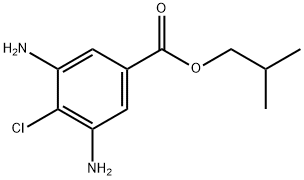
- Chemical Name:Isobutyl 3,5-diamino-4-chloro benzoate
- CAS:32961-44-7
- MF:C11H15ClN2O2
- Structure:

- Chemical Name:Isoamyl propionate
- CAS:105-68-0
- MF:C8H16O2
- Structure:

- Chemical Name:Ethyl isovalerate
- CAS:108-64-5
- MF:C7H14O2
- Structure:

- Chemical Name:ETHYL STEARATE
- CAS:111-61-5
- MF:C20H40O2
- Structure:
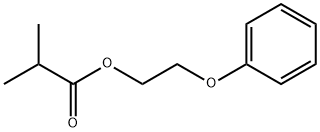
- Chemical Name:Phenoxyethyl isobutyrate
- CAS:103-60-6
- MF:C12H16O3
- Structure:

- Chemical Name:Undecanolactone
- CAS:710-04-3
- MF:C11H20O2
- Structure:
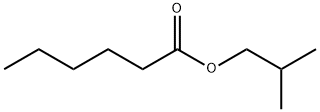
- Chemical Name:Isobutyl hexanoate
- CAS:105-79-3
- MF:C10H20O2
- Structure:

- Chemical Name:Isopropenyl acetate
- CAS:108-22-5
- MF:C5H8O2
- Structure:

- Chemical Name:Palmitic acid ethyl ester
- CAS:628-97-7
- MF:C18H36O2
- Structure:
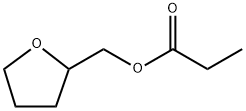
- Chemical Name:TETRAHYDROFURFURYL PROPIONATE
- CAS:637-65-0
- MF:C8H14O3
- Structure:
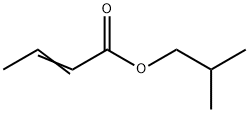
- Chemical Name:Isobutyl 2-butenoate
- CAS:589-66-2
- MF:C8H14O2
- Structure:
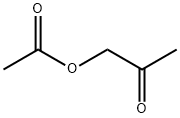
- Chemical Name:ACETOXYACETONE
- CAS:592-20-1
- MF:C5H8O3
- Structure:
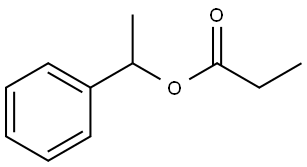
- Chemical Name:1-Phenylethyl propionate
- CAS:120-45-6
- MF:C11H14O2
- Structure:
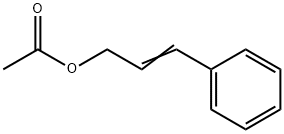
- Chemical Name:Cinnamyl acetate
- CAS:103-54-8
- MF:C11H12O2
- Structure:

- Chemical Name:Ethyl caprylate
- CAS:106-32-1
- MF:C10H20O2
- Structure:

- Chemical Name:Diethyl sebacate
- CAS:110-40-7
- MF:C14H26O4
- Structure:
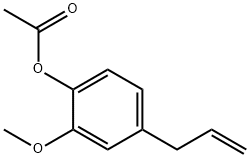
- Chemical Name:EUGENOL ACETATE
- CAS:93-28-7
- MF:C12H14O3
- Structure:

- Chemical Name:ISOBUTYL ISOTHIOCYANATE
- CAS:591-82-2
- MF:C5H9NS
- Structure:

- Chemical Name:S-N-PROPYL THIOACETATE
- CAS:2307-10-0
- MF:C5H10OS
- Structure:
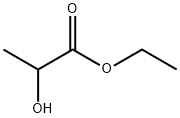
- Chemical Name:Ethyl lactate
- CAS:97-64-3
- MF:C5H10O3
- Structure:

- Chemical Name:Acetic acid octyl ester
- CAS:112-14-1
- MF:C10H20O2
- Structure:
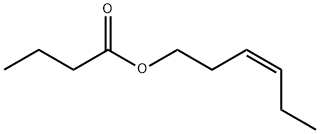
- Chemical Name:CIS-3-HEXENYL BUTYRATE
- CAS:16491-36-4
- MF:C10H18O2
- Structure:

- Chemical Name:Geranyl acetate
- CAS:105-87-3
- MF:C12H20O2
- Structure:

- Chemical Name:Ethyl Hexanoate
- CAS:123-66-0
- MF:C8H16O2
- Structure:

- Chemical Name:HEPTYL ACETATE
- CAS:112-06-1
- MF:C9H18O2
- Structure:
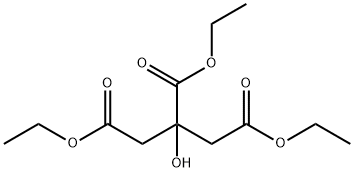
- Chemical Name:Triethyl citrate
- CAS:77-93-0
- MF:C12H20O7
- Structure:

- Chemical Name:ETHYL UNDECANOATE
- CAS:627-90-7
- MF:C13H26O2
- Structure:

- Chemical Name:PENTYL HEXANOATE
- CAS:540-07-8
- MF:C11H22O2
- Structure:

- Chemical Name:Hexyl 2-methylbutyrate
- CAS:10032-15-2
- MF:C11H22O2
- Structure:

- Chemical Name:FEMA 2080
- CAS:2035-99-6
- MF:C13H26O2
- Structure:

- Chemical Name:Hexyl butyrate
- CAS:2639-63-6
- MF:C10H20O2
- Structure:
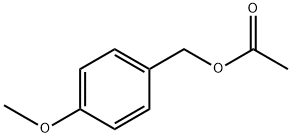
- Chemical Name:Anisyl acetate
- CAS:104-21-2
- MF:C10H12O3
- Structure:
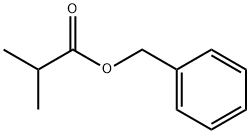
- Chemical Name:Benzyl isobutyrate
- CAS:103-28-6
- MF:C11H14O2
- Structure:

- Chemical Name:Benzyldimethylcarbinyl butyrate
- CAS:10094-34-5
- MF:C14H20O2
- Structure:
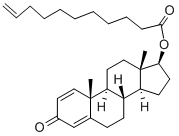
- Chemical Name:Boldenone undecylenate
- CAS:13103-34-9
- MF:C30H44O3
- Structure:
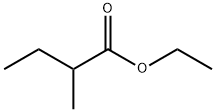
- Chemical Name:Ethyl 2-methylbutyrate
- CAS:7452-79-1
- MF:C7H14O2
- Structure:

- Chemical Name:Geranyl formate
- CAS:105-86-2
- MF:C11H18O2
- Structure:

- Chemical Name:Methyl hexanoate
- CAS:106-70-7
- MF:C7H14O2
- Structure:
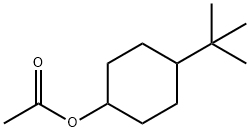
- Chemical Name:4-tert-Butylcyclohexyl acetate
- CAS:32210-23-4
- MF:C12H22O2
- Structure:

- Chemical Name:Ethyl oleate
- CAS:111-62-6
- MF:C20H38O2
- Structure:

- Chemical Name:Phenethyl butyrate
- CAS:103-52-6
- MF:C12H16O2
- Structure:

- Chemical Name:Propyl propionate
- CAS:106-36-5
- MF:C6H12O2
- Structure:
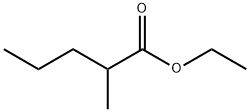
- Chemical Name:ETHYL 2-METHYLPENTANOATE
- CAS:39255-32-8
- MF:C8H16O2
- Structure:
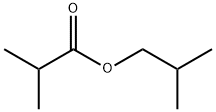
- Chemical Name:Isobutyl isobutyrate
- CAS:97-85-8
- MF:C8H16O2
- Structure:

- Chemical Name:N-DECYL ACETATE
- CAS:112-17-4
- MF:C12H24O2
- Structure:

- Chemical Name:3-Methylbutyl 3-methylbutanoate
- CAS:659-70-1
- MF:C10H20O2
- Structure:

- Chemical Name:METHYL 2-NONYNOATE
- CAS:111-80-8
- MF:C10H16O2
- Structure:

- Chemical Name:FEMA 2871
- CAS:140-26-1
- MF:C13H18O2
- Structure:

- Chemical Name:Formic acid isopropyl ester
- CAS:625-55-8
- MF:C4H8O2
- Structure:
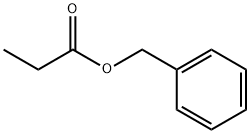
- Chemical Name:Benzyl propionate
- CAS:122-63-4
- MF:C10H12O2
- Structure:

- Chemical Name:Benzyl formate
- CAS:104-57-4
- MF:C8H8O2
- Structure:
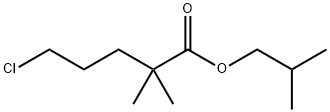
- Chemical Name:Isobutyl 5-chloro-2,2-dimethylvalerate
- CAS:109232-37-3
- MF:C11H21ClO2
- Structure:

- Chemical Name:Ethyl myristate
- CAS:124-06-1
- MF:C16H32O2
- Structure:

- Chemical Name:Ethyl laurate
- CAS:106-33-2
- MF:C14H28O2
- Structure:
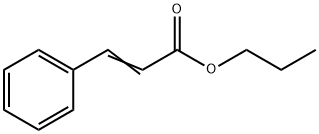
- Chemical Name:Propyl cinnamate
- CAS:7778-83-8
- MF:C12H14O2